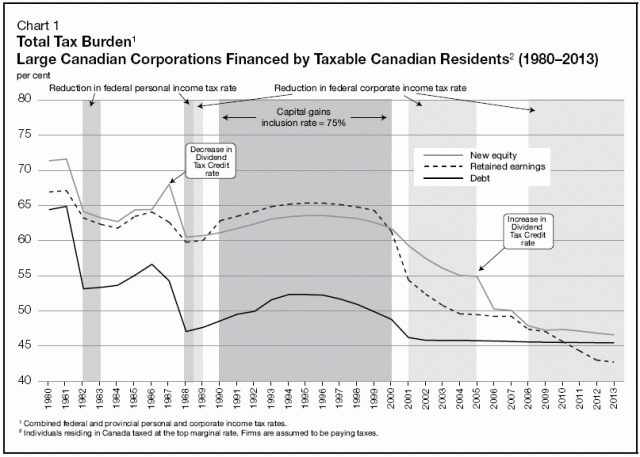I have been writing a lot about Priszm Income Fund – a horribly broken trust going through massive financial restructuring.
Today, they announced:
TORONTO, Jan. 19 /CNW/ – Priszm Income Fund (TSX: QSR.UN) (“Priszm” or the “Company”) reported today that the Company has executed a forbearance agreement to extend the maturity date of its senior debt facility, including the payment of all interest accrued but unpaid to January 31, 2011. In addition the senior debt lender will temporarily suspend action to exercise its remedies for the Company’s defaults in respect of the existing terms of its senior debt facility. As part of the agreement, the Company is not permitted to make payments in respect of obligations that are subordinated to the senior debt facility, other than those relating to the direct operation of the business in ordinary course.
The senior debt lender and the Company also executed a separate short-term financing agreement that provides the Company a supplemental facility of up to $4 million to ensure the business has sufficient liquidity to continue operations while a longer-term plan is developed. The facility bears interest of 10% per annum with a maximum one draw per week and matures January 31, 2011.
Translating this into English, the company received a $4M bridge loan in exchange for the creditors not pushing the company into bankruptcy. As part of this loan, the company cannot make payments to subordinated obligations, which would also include the subordinated convertible debentures, amongst other things.
After my January 8, 2011 post regarding the convertible debentures (TSX: QSR.DB), I entered into the market on January 10 and bought $20k face of the debentures at 19 cents on the dollar. My expectations were that the debentures would settle at a value of around 30-35 cents on the dollar. I was aiming for a bit more size on the position, but QSR.DB is illiquid and I did not catch many liquidators on the bid. Today, I sold $19k face for an average of 21.95 cents on the dollar, approximately a 9% gain over my January 10th purchase. After commissions, this will pay for a few sushi dinners. I still hold $1k face value (approximately $230 market value) for entertainment and educational purposes – I want to see how this drama resolves itself. There is also a very slight (and I emphasize very slight, as in less than 5%) chance that the debentures will be redeemed at par by June 2012.
My theory about the valuation of the company changed significantly after some subsequent research and deeper analysis – when the company announced it was exploring a “sale of all assets”, any cash flow generation would have been likely gutted out of the company, leaving purely administrative expenses associated with running a publicly traded company. The company does not have a massive amount of future tax assets which ordinarily gives such unprofitable operations some market value. Assuming the $200k/franchise level that was achieved in the previous sale applied across the 200 remaining franchises would have rendered the company with approximately $40 million further cash, which would have not been enough to pay liabilities, let alone the debentures.
When you bake in costs of restructuring and/or bankruptcy, there is not much value in the debentures – they will likely be given some sort of settlement offer at a deep discount to face value to get them out of the way. This is when I will get rid of the other $1k face value I own.

